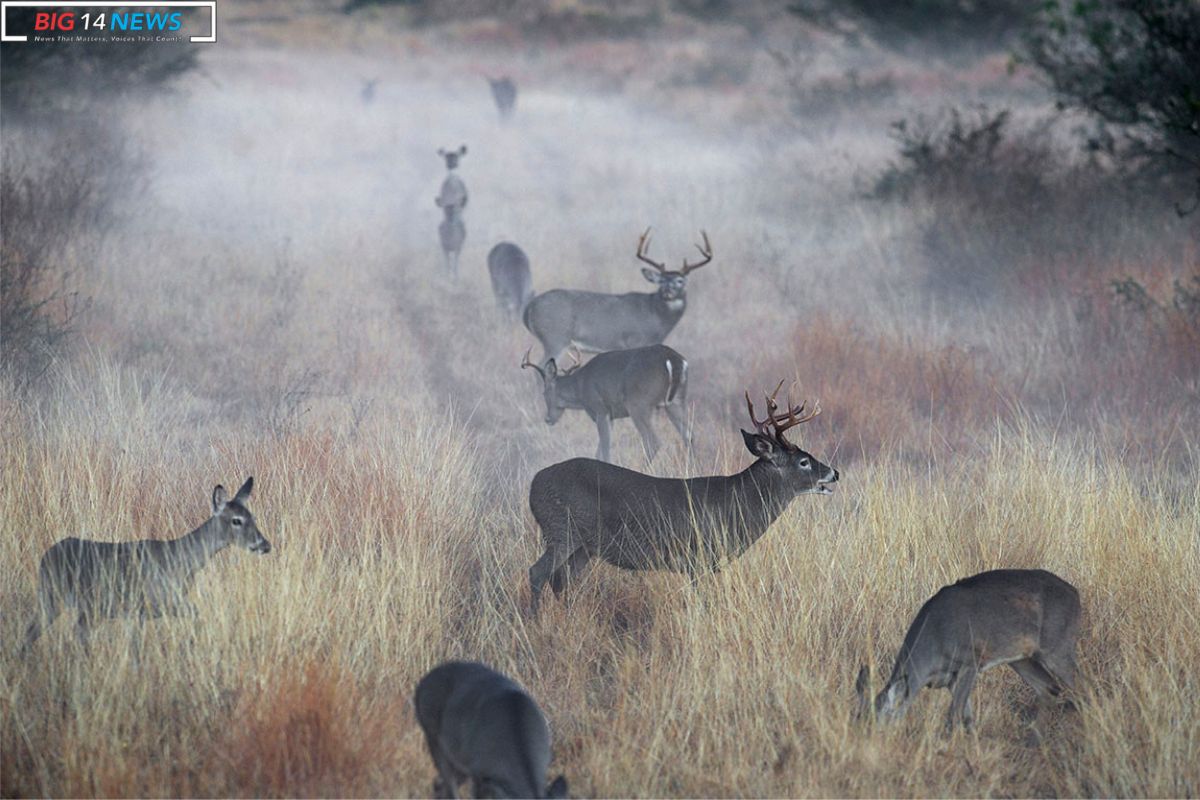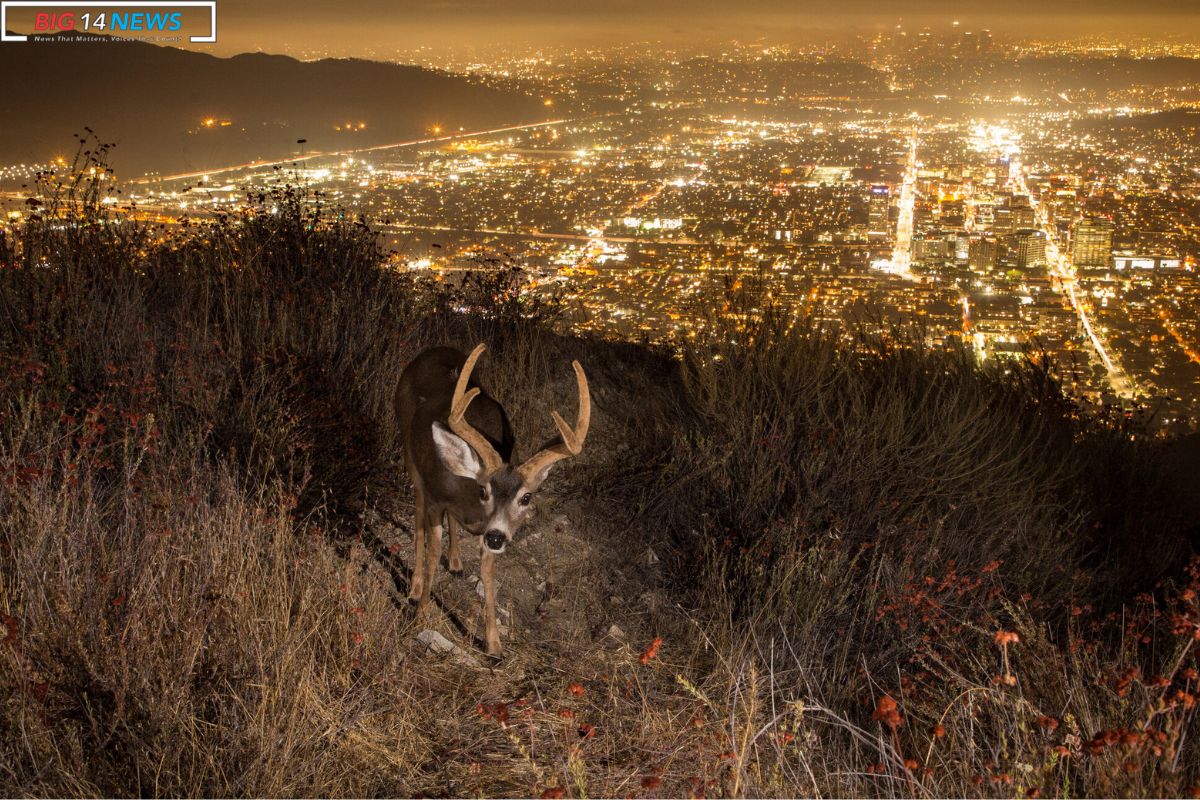Urban Animals Heat Study Findings: A recent study in Nature Ecology & Evolution reveals that urbanization negatively impacts wild mammals more in hotter, plant-scarce cities than cooler, plant-rich cities. Jeffrey Haight, a postdoctoral scholar at Arizona State University, led the study. He viewed wildlife camera photos in 20 North American cities like Chicago, Phoenix, and Tacoma. The results suggest climate change may worsen urbanization’s impact on wildlife. Cities trap heat, making it harder for animals to live, worsening the effects of urbanization on wildlife.
The study found 37 mammal species in cities and rural areas, including raccoons, squirrels, rabbits, foxes, cougars, and deer. It was found that fewer mammals were present in areas with higher population density, while animals thrived in cooler or greener urban environments. For example, mammal diversity decreased more in warm Los Angeles than in cool Salt Lake City. Similarly, Sanford, Florida’s urban areas, with more greenery than Phoenix, Arizona, had a greater variety of mammals. Larger animals like cougars and elk were impacted by urbanization, possibly due to their need for more space and reduced tolerance from people. The study suggests that providing animals with greenery, water, and cool areas can help protect them in hot, deserted towns.


ALSO READ: Arizona Wildlife Center: Overwhelmed by Distressed Animals Amidst Sweltering Heat
Christine Rega-Brodsky, an urban ecology expert at Pittsburg State University, emphasized the need to understand the impact of human activities on native wildlife and biodiversity. She mentioned flaws in the study, such as limited species visibility and focus on North American summer towns.
The study highlights the cumulative effects of human-made environmental changes and suggests ways to protect city biodiversity. Dr. Rega-Brodsky stated, “Each city has distinct characteristics that necessitate unique approaches to safeguard its biodiversity.”
The study is part of the Urban Wildlife Information Network, which aims to learn more about city wildlife. It highlights the challenges for urban nature and the need for targeted protection efforts. This study is increasingly vital for sustainable coexistence as cities grow and species vanish. The results come as towns strive to balance growth and environmental protection. They raise concerns about the future of current city planning, particularly in relation to climate change. Towns trap heat, making it harder for animals to live, especially in hot areas. The study urges city planners and policymakers to consider the environmental impact of their decisions.
Also Read: Chinese Nationals Breach US Military: FBI Tracks Over 100 Incidents Involving Posing Tourists
Our Reader’s Queries
What animals are affected by urban heat islands?
Reptiles, fish, and amphibians are cold-blooded creatures that depend on the temperature of their environment to control their own body heat. When these animals, accustomed to the climate of their home, are unexpectedly placed in a warmer urban setting, it can have a significant impact on their health and well-being.
What are urban effects on animals?
Urban development disrupts and breaks up natural habitats, dividing them into isolated patches and disrupting traditional migration routes for animals, leading to potential risks for their populations.
How are animals affected by heat waves?
High temperatures can throw off an animal’s ability to regulate its body temperature, making it hard for them to cool down and potentially causing heatstroke, which can be deadly, according to Arce. All pets can suffer from heatstroke, but some are more vulnerable, Arce explains.
What animals are most affected by urbanization?
The researchers discovered that urbanization had a more detrimental impact on larger animals like cougars and elk compared to smaller ones. This could be due to the fact that larger animals need more space to move around. Dr. Haight noted that while there is habitat available in cities, it is often fragmented, making it challenging for larger animals to thrive.

